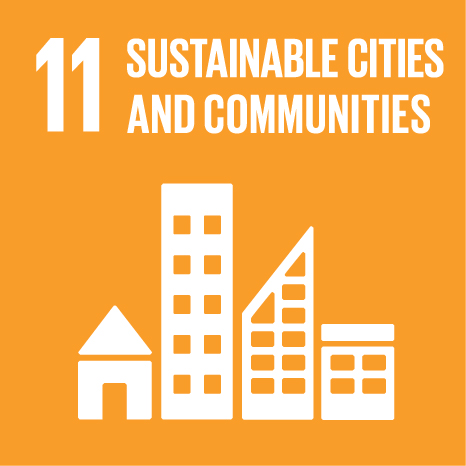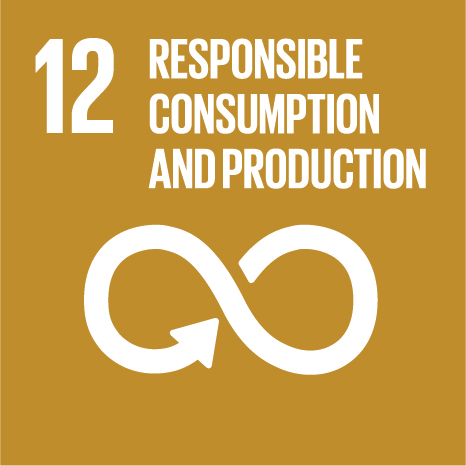FROM BIOMIMICRY TO ARCHITECTURE: THE FUTURE OF RESPONSIVE SHADING
Event Title
Advanced Functional Materials & Biomaterials & Biodevices
Year (definitive publication)
2024
Language
English
Country
United Kingdom
More Information
Web of Science®
This publication is not indexed in Web of Science®
Scopus
This publication is not indexed in Scopus
Google Scholar
This publication is not indexed in Overton
Abstract
Architecture has evolved with industrial and material advancements, climatic constraints,
new technological capacities, societal changes, and cultural premises. Biomimetic processes have proven
effective in addressing various problems, including diseases and material challenges. While we possess
the knowledge to solve current challenges, building interdisciplinary bridges remains essential.
One major challenge in transdisciplinary teams is the lexicon. Biomimetics, already sharing terminology
with fields like engineering and medicine, could enhance architectural responsiveness and interaction if
integrated into architecture schools and practices.
The aim is to develop a problem-based methodology, the Bioshading System Design Methodology
(BSDM), using natural events as models to create performative and design solutions for responsive
shading systems.
BSDM operates through a circular relationship among three domains: Architecture, Nature,
and Artifact. Each domain represents a stage in the design process. The “Architecture” domain involves
defining the architectural challenge; the “Nature” domain involves abstracting natural elements to create
the Biomeme, which supports the shading system design concept; and the “Artifact” domain involves
emulating this concept to develop the architectural design solution.
While the final prototype is crucial, the richness of information and experience gained during
the BSDM process is key to its success. BSDM users will be capable of observing, analyzing, reconfiguring,
and improving their shading solutions in ways that would not have been possible without this
methodology.
BSDM integrates Architecture, Biology, and Digital Tools to create efficient, environmentally
responsive shading systems. The most significant contribution is the dissolution of disciplinary
boundaries, fostering robust connections among these fields. This transdisciplinary approach enables
the creation of a common lexicon and the development of the Biomeme—an inspirational, human-made
biological concept that provides the fundamental characteristics for the shading system.
Acknowledgements
--
Keywords
Biomimetics,Architecture,Shading Systems
Contributions to the Sustainable Development Goals of the United Nations
With the objective to increase the research activity directed towards the achievement of the United Nations 2030 Sustainable Development Goals, the possibility of associating scientific publications with the Sustainable Development Goals is now available in Ciência_Iscte. These are the Sustainable Development Goals identified by the author(s) for this publication. For more detailed information on the Sustainable Development Goals, click here.

 Português
Português




